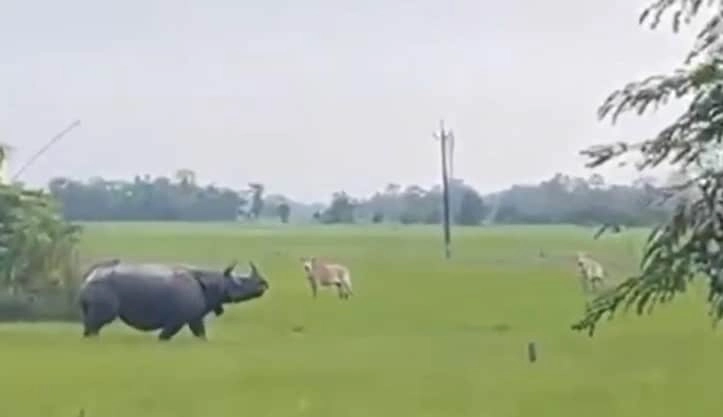India, known for its rich biodiversity, is home to a plethora of avian species. However, the alarming reality is that many of these birds are facing the grim threat of extinction. Among them, four species stand out as particularly vulnerable, prompting urgent conservation efforts to ensure their survival. The loss of these birds not only represents a significant reduction in biodiversity but also highlights the broader environmental challenges India faces.
One such bird is the Great Indian Bustard, a majestic creature that once roamed the vast grasslands of the Indian subcontinent. With its striking appearance and unique mating rituals, the Great Indian Bustard has become a symbol of conservation efforts in India. Unfortunately, habitat loss due to agricultural expansion, coupled with hunting and poaching, has led to a sharp decline in their population. Conservationists are now working tirelessly to protect their remaining habitats and create awareness about the need for their preservation.
Another critically endangered species is the Indian Vulture, which has suffered catastrophic population declines primarily due to the widespread use of veterinary drugs such as diclofenac, which are toxic to these scavengers. As vultures play a crucial role in the ecosystem by disposing of carrion, their decline poses serious ecological consequences. Organizations and governments have initiated efforts to ban harmful drugs and establish vulture safe zones, but the road to recovery remains long and challenging.
The forest-dwelling Malabar Grey Hornbill is also facing dire circumstances due to habitat destruction and fragmentation. This bird, known for its distinctive curved bill and social behavior, relies on old-growth forests for nesting and feeding. As deforestation continues unabated in many parts of India, the survival of the Malabar Grey Hornbill hangs in the balance. Conservation programs aimed at reforestation and habitat restoration are critical to ensuring that this unique bird can thrive in its natural environment.
Lastly, the Himalayan Monal, the state bird of Uttarakhand, is another striking species at risk. Known for its vibrant plumage, the Himalayan Monal is increasingly threatened by climate change, habitat loss, and poaching. The changing climate affects the alpine ecosystems where these birds reside, leading to shifts in food availability and nesting sites. Protecting the Himalayan Monal requires a multifaceted approach, including habitat conservation and community engagement to mitigate human-wildlife conflicts. As India strives to protect its avian heritage, the plight of these four birds serves as a poignant reminder of the urgent need for concerted conservation efforts to prevent further losses in biodiversity.




